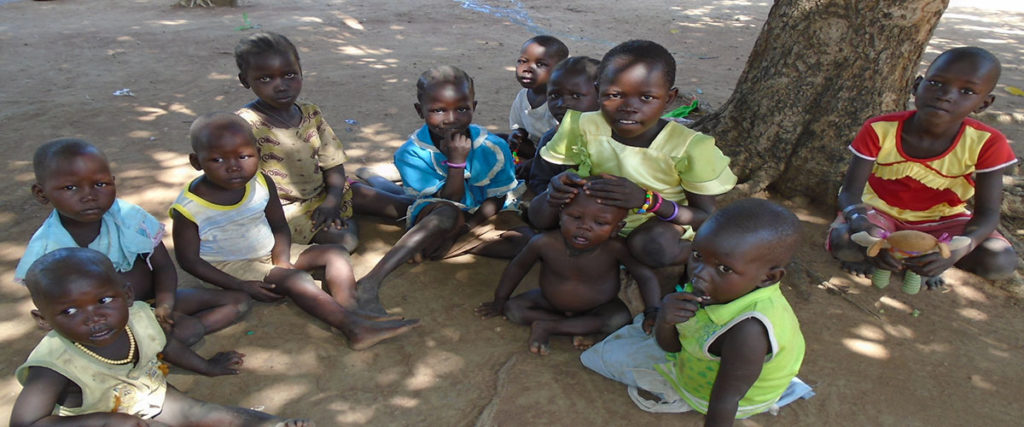
Malnutrition has spiked as a result of lack of access to safe water and sanitation, increasing disease rates, rising food insecurity and conflict. More than 1 million people across South Sudan are now acutely malnourished. This includes an estimated more than 231,300 children under age 5 who are severely acutely malnourished (SAM), more than 454,900 children who are moderately acutely malnourished (MAM), some 316,200 pregnant and lactating women and 3,900 elderly IDPs in PoCs. The resumption of intensified conflict in April 2015 led to the closure of 80 outpatient therapeutic programme and 91 therapeutic supplementary feeding programme sites in Unity and Upper Nile States between April and June, cutting off access to treatment for more than 5,600 SAM and nearly 17,500 MAM children. Out of 50 counties surveyed in 2015, 33 had Global Acute Malnutrition (GAM) rates deemed to be critical (above 15 per cent), including two counties in Unity where GAM rates were more than twice the emergency threshold (Humanitarian Needs Overview Report 2016). Children suffering from severe acute malnutrition are nine times more likely to die than their healthy peers, while those with moderate acute malnutrition are three times more likely to die.
